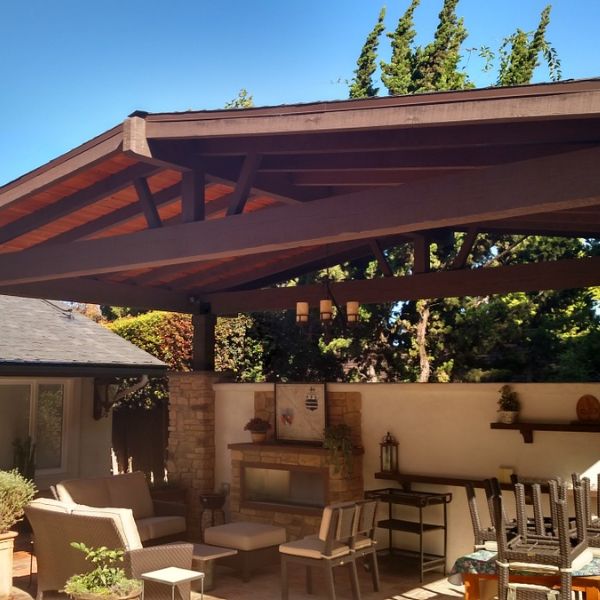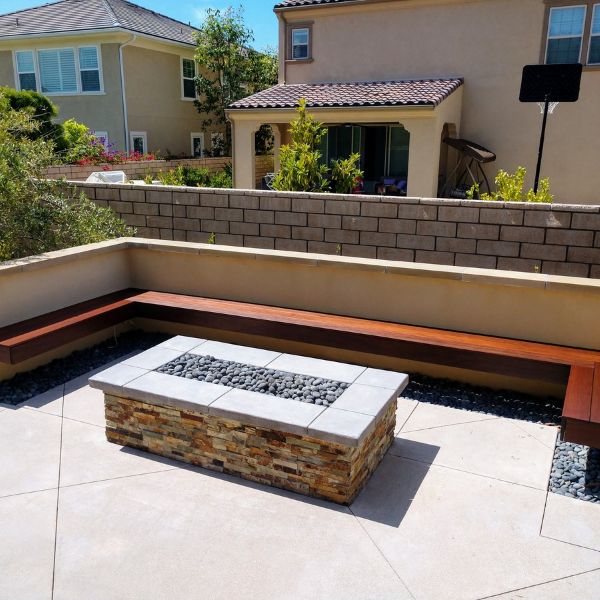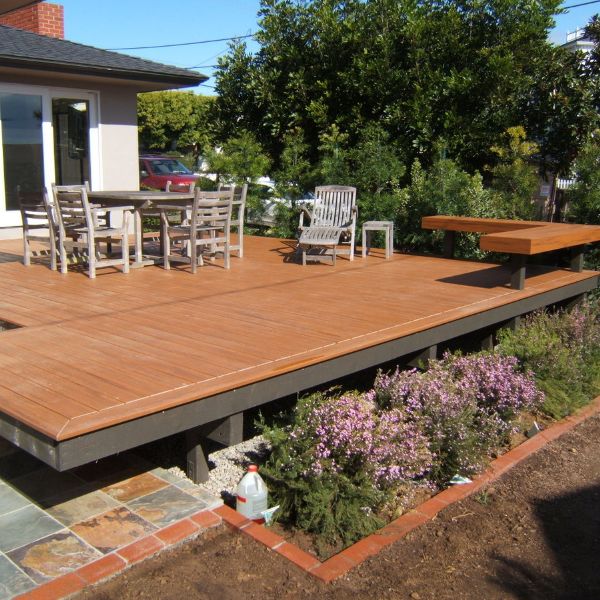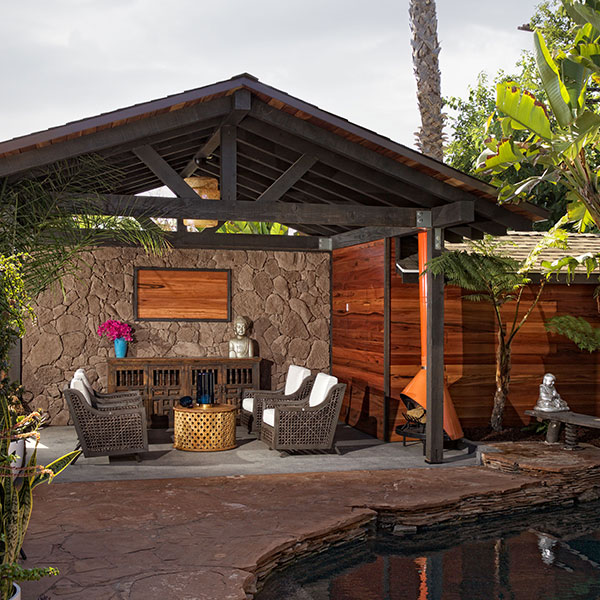Expert Deck-on-Grade Construction in San Diego by Wilson Woodscape
Looking for a trusted deck builder San Diego homeowners rely on for stunning, durable decks? At Wilson Woodscape, we specialize in crafting custom deck on grade solutions that enhance your outdoor living space while perfectly suiting San Diego’s unique climate and lifestyle. Whether you’re in La Jolla, Point Loma, or Rancho Santa Fe, our team brings decades of experience, top-quality materials, and a passion for excellence to every project.
These decks offer unparalleled versatility, cost-effectiveness, and ease of construction, making them an irresistible choice for homeowners. To get started, call our San Diego deck contractor, Jeff, today at619-838-1398.
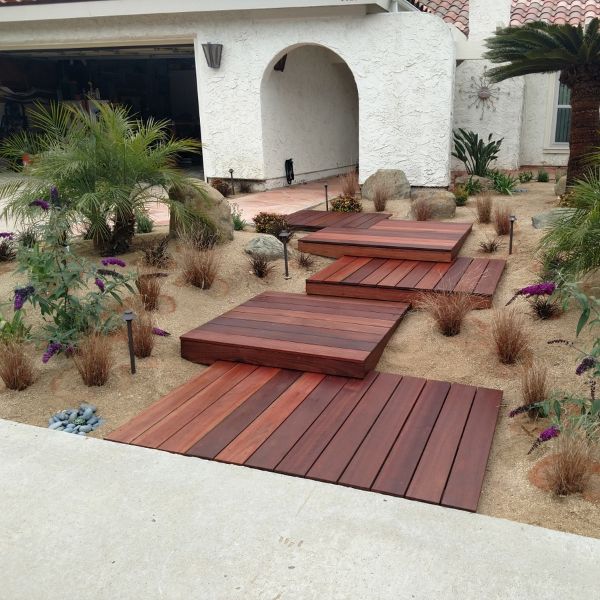
What Is a Deck on Grade?
A deck on grade, also known as aground-level deck or floating deck, is built directly on the ground rather than elevated, eliminating the need for posts, stairs, or railings. This design offers flexibility in placement and protects against moisture-related issues like mold and rot.
As your premier deck builder in San Diego, Wilson Woodscape ensures every deck-on-grade we construct is tailored to your property, built to last, and designed with your vision in mind. From modern minimalist styles to rustic wooden finishes, we’ve got the expertise to bring your dream outdoor area to life.
Why Choose Wilson Woodscape as Your Deck Builder in San Diego?
San Diego is a city of vibrant neighborhoods, from the coastal charm of Coronado to the suburban appeal of Santee. No matter where you call home, Wilson Woodscape stands out as the go-to San Diego deck builder that residents trust. Here’s why:
- Local Expertise: We understand San Diego’s coastal weather, soil conditions, and building codes, ensuring your deck withstands salty air, sun exposure, and occasional rain.
- Custom Designs: Every deck we build is unique, reflecting your style and the character of your San Diego home.
- Premium Materials: We use top-grade woods like redwood and cedar, as well as low-maintenance composites, to create decks that look great and endure for years.
- Customer-FirstApproach: From the initial consultation to the final walkthrough, we prioritize your satisfaction.
With 40 years of construction experience and 25 years of landscape experience, Jeff Wilson can design unique concepts using custom ironwork, woodwork, concrete work, and more to elevate your outdoor retreat. Let’s get started! For a free estimate, contact our deck contractor today at 619-838-1398.
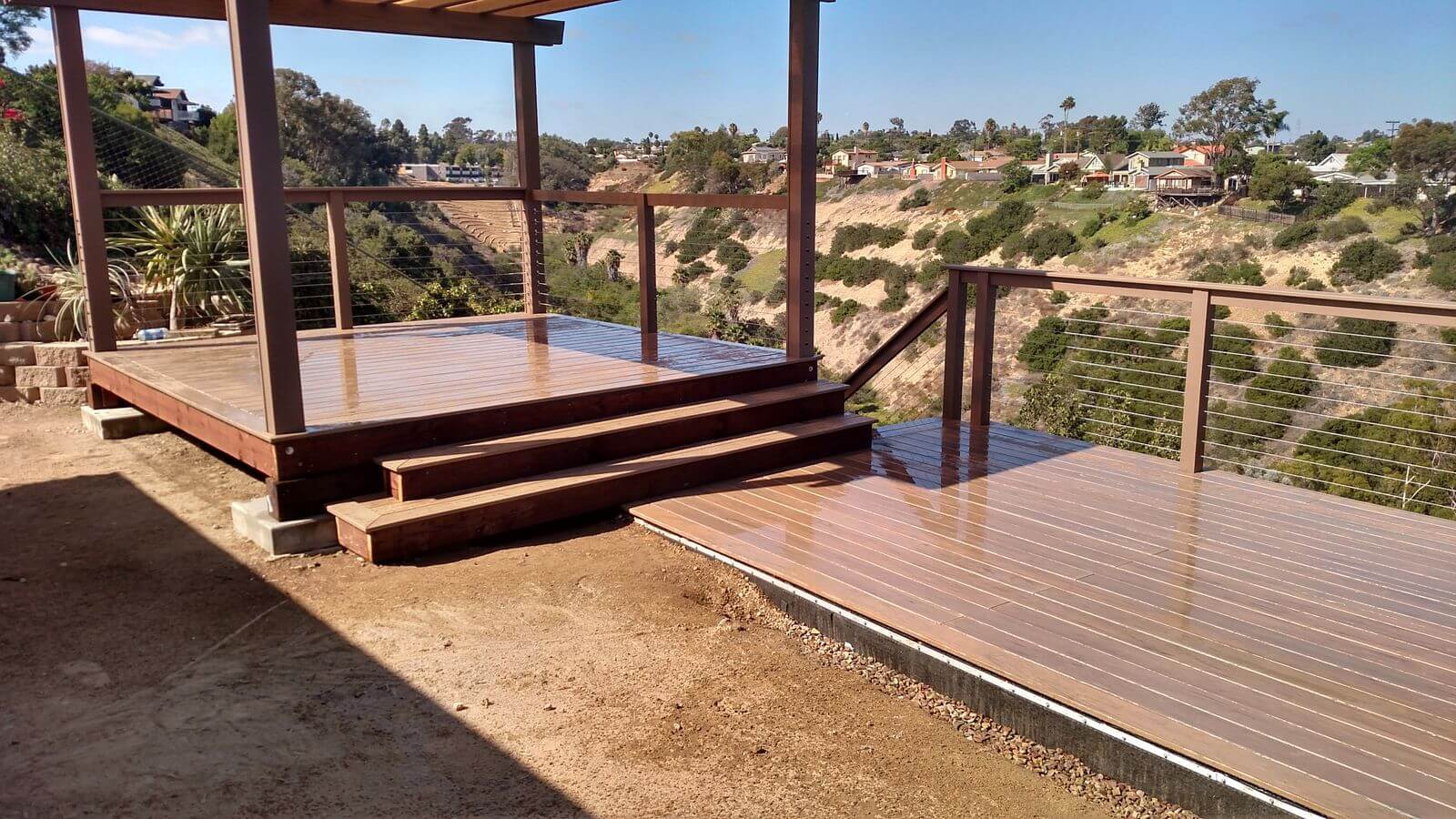
Benefits of a Deck-on-Grade for San Diego Homes
Building a deck on grade can offer several advantages compared to traditional raised decks. Benefits include:
- Affordability: With no need for extensive supports or railings, deck-on-grade construction is often more budget-friendly than elevated decks.
- Low Maintenance: Ground-level decks are easier to clean and maintain, a bonus for busy San Diego families.
- Versatility: Perfect for flat lots or small backyards common in urban areas.
- Safety: Without stairs or high edges, these decks are ideal for homes with kids or pets.
The Deck on Grade Building Process
Consultation and Custom Design
We start with a one-on-one consultation at your San Diego home. We’ll discuss your needs, measure your space, and create a custom design that complements your property and lifestyle.
Material Selection
As your trusted deck builders in San Diego, we offer a range of materials to suit your taste and budget. Choose from natural woods like pressure-treated pine or exotic ipe, or opt for composite decking that resists fading and weathering in San Diego’s sunny climate.
Permitting and Approvals
Navigating San Diego’s permitting process can be tricky, but we handle it all for you. We ensure your deck is fully compliant.
Construction
Our skilled landscape contractors in San Diego get to work, building your deck-on-grade with precision and care. We try to minimize disruption to your daily life and keep you updated every step of the way.
Final Touches and Inspection
Once construction is complete, we add finishing touches like staining or sealing and then conduct a thorough inspection to guarantee quality. You’ll be enjoying your new deck in your personal oasis in no time!
Deck on Grade Design Ideas
If you’re unsure how you want your deck on grade to look, consider some of the following design ideas:
- Built–In Seating: Integrating built-in seating into your deck on grade design not only enhances functionality and comfort but also provides additional storage space. Whether through benches, planters, or freestanding options, this addition offers both convenience and style to your outdoor living area.
- Planters andLandscaping: Incorporating raised beds, planter boxes, and containers filled with various plants and shrubs complements your home’s style and color palette. This addition not only enhances the aesthetic of your deck on grade but also creates a tranquil, natural atmosphere, offering an extra layer of privacy and contributing to a healthier outdoor environment.
- Lighting and Accessories: Adding proper lighting and accessories to your deck design can significantly improve its ambiance and usability, especially during the evening. Consider features like solar-powered lights, LED lights, string lights, post lights, and landscape lighting to create a warm and inviting atmosphere for your outdoor space.
Frequently Asked Questions
You should clean your deck on grade at least once a year, but it may need cleaning more often if it’s in a shaded area or prone to collecting debris. Use a broom or leaf blower to remove any debris, and then use a pressure washer or hose to wash the deck. Be sure to let the deck dry completely before using it again.
To prevent mildew growth on your deck, ensure it’s properly cleaned and that there’s good air circulation around and under the deck. You can also use a mildew-resistant cleaning solution to help prevent the growth of mildew. If mildew does start to grow on your deck, you can use a mixture of water and bleach to remove it.
The most common materials used for decks on grade are pressure-treated lumber, composite decking, and concrete. Pressure-treated lumber is affordable and easy to work with but requires regular maintenance. Composite decking is low-maintenance and durable but can be more expensive than wood. Many different manufacturers have venting requirements for their warranties.
Deck Services from Our Landscape Contractor in San Diego
Wilson Woodscape can build a deck on a grade that will become a fantastic addition to any outdoor space. Whether you’re looking to create a transition between indoor and outdoor spaces or simply want a place to relax and enjoy the outdoors, our deck services are affordable and practical options. Contact our deck builder today at619-838-1398 to learn more about building your dream deck in San Diego.

